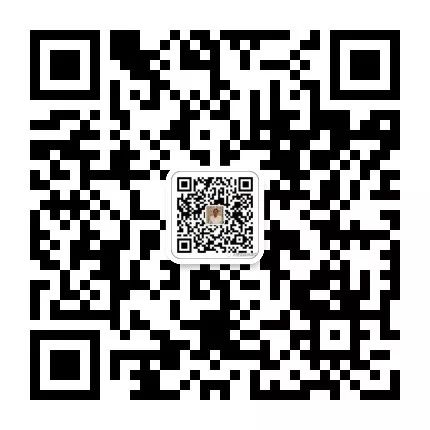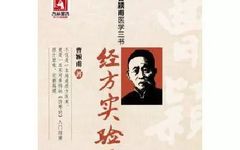The slippery pulse (hua mai) has two manifestations: boiling (ding fei) and pearl on a plate (pan zhu). The boiling pulse indicates a heat syndrome, while the pearl pulse indicates abundant body fluids. Dry heat injures body fluids, similar to water boiling in a pot over fire, hence the pulse is slippery; when body fluids are abundant, they flow smoothly like pearls rolling on a plate, thus the pulse is also slippery. The pulse in phlegm diseases is also slippery, as phlegm is a type of body fluid. In newlyweds or during pregnancy, the pulse is also slippery due to increased body fluids. The boiling slippery pulse is strong upon deep pressure; the pregnant pulse is full of energy; the slippery pulse in phlegm diseases indicates insufficient energy.
The rough pulse (se mai) has two types: blood deficiency (xue shao) and yang deficiency (yang xu). Blood deficiency presents as a rough pulse on the left, while yang deficiency presents on the right. The roughness is like a knife scraping bamboo, or like raindrops on sand. A rough pulse indicates blood deficiency and dry body fluids; a rough pulse due to yang deficiency indicates that body fluids are generated by yang energy, and when the nutritive and defensive qi (rong wei) are insufficient, the pulse also appears rough. When the nutritive and defensive qi are harmonized and sufficient, then body fluids can be generated. A rough pulse due to blood deficiency and dry body fluids is thin yet strong, while a rough pulse due to yang deficiency is thin and weak; a rough pulse due to insufficient nutritive and defensive qi is thin and lacks vitality. The left corresponds to water and wood, hence blood deficiency manifests on the left; the right corresponds to fire and earth, hence yang deficiency manifests on the right. If the nutritive and defensive qi are not harmonized and sufficient, both sides will exhibit roughness.
The string-like pulse (xian mai) indicates a condition of constricted energy (qi ji) that is not smoothly flowing. To treat the string-like pulse, one must nourish the center and avoid constricting herbs. If the energy is smoothly flowing, then the qi can expand; if it is not flowing, then the energy gathers. The string-like pulse resembles the string of a bow, indicating an inward gathering. Wood governs smooth flow, and if the wood energy is weak, it cannot facilitate flow, resulting in a string-like pulse. Dryness from metal energy can also cause the wood energy to be obstructed, leading to a string-like pulse. The string-like pulse is a manifestation of wood energy stagnation; if the wood energy is weak, it should be nourished; if the metal energy is dry and obstructed, it should be cleared and moistened to disperse the metal energy, allowing the wood energy to flow freely, thus the pulse will return to normal. If the string-like pulse is present, and the wood energy is increasingly stagnant and desires to flow, it will counteract the central earth, injuring the central qi and preventing the transformation of the four dimensions, which can be life-threatening. Therefore, one must also support the central earth while promoting the flow of wood energy. The five elements’ energy, when stagnant, will counteract what it can overcome, leading to regret for what it cannot. This is the natural order. The Jin Gui (Golden Cabinet) states that for liver diseases, one must first strengthen the spleen, indicating this principle. The string-like pulse indicates cold, and weak yang energy in wood; it also indicates fluid retention, as wood energy cannot facilitate the flow of water; it indicates pain, as wood stagnation causes impact; and it indicates wind, as wood diseases can lead to a string-like pulse, indicating a severe condition. The string-like pulse is often due to weak stomach energy. To treat the string-like pulse, one should avoid constricting herbs and be cautious with harsh drying herbs. The string-like pulse in cold diseases can be transformed with warmth, making it easier to treat. Other types of string-like pulses are more difficult to treat. The string-like pulse in cold diseases, in fluid retention, is large yet weak, moist yet not dry; the string-like pulse in wind diseases is not moist yet thin. The string-like pulse due to yin deficiency and dry body fluids should be nourished and heat cleared; the string-like pulse due to internal injury should focus on supporting the central earth while also treating the wood energy, allowing the string-like pulse to dissipate.
The soft pulse (huan mai) is weak and scattered, slow and not constricted, indicating central deficiency and weak defensive qi, leading to spontaneous sweating. The soft pulse and the string-like pulse are opposites; one should avoid dispersing and prefer constricting herbs. The Shang Han Lun (Treatise on Cold Damage) mentions the Gui Zhi Tang (Cinnamon Twig Decoction) syndrome, where fever and sweating present with a soft pulse, indicating insufficient central and defensive qi. The term ‘scatter’ (san) means loose, not disordered; this soft pulse is not the same as a gentle pulse without disease, nor is it a slow pulse due to heat excess with a rapid pulse. The soft pulse has distinctions between deficiency and excess.
— END —

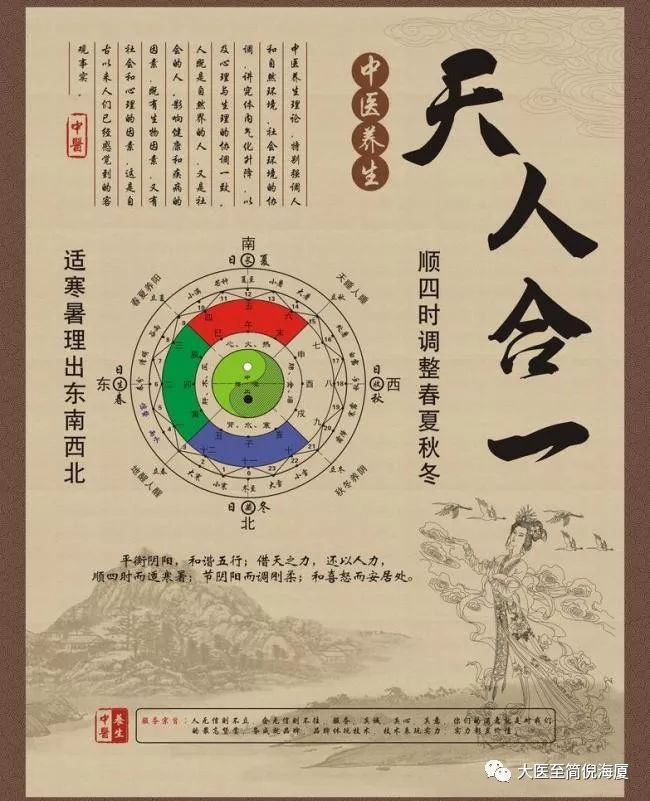 Summary of Essential Articles for Studying TCM
Summary of Essential Articles for Studying TCM
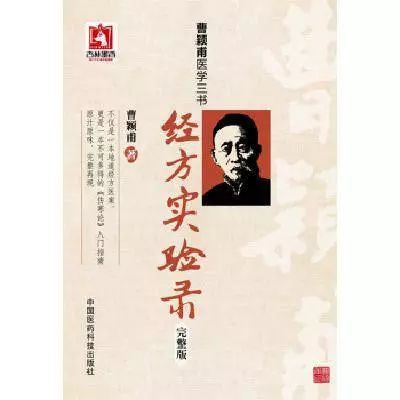 Experimental Records of Classical Formulas by Cao Yingfu
Experimental Records of Classical Formulas by Cao Yingfu
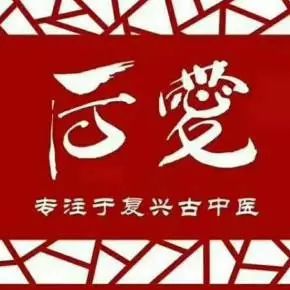 Post-Love TCM Health Resources Summary
Post-Love TCM Health Resources Summary
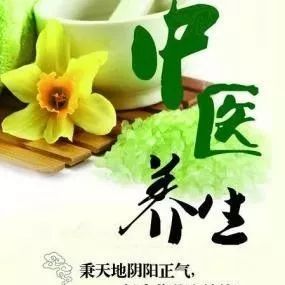 Health Knowledge Articles Summary
Health Knowledge Articles Summary

Ni Haixia’s Acupuncture Learning Video Collection
Ni Haixia’s Jin Gui Learning Video Collection
Ni Haixia’s Huang Di Nei Jing Learning Video Collection
Ni Haixia’s Shang Han Lun Learning Video Collection
Ni Haixia’s Materia Medica Learning Videos and Tian Ji Learning Video Collection

Miraculous Treatments:
Dr. Xu’s Medical Cases
Dr. Xu’s Remote Diagnosis
Introduction to Dr. Xu
Dr. Xu’s Recommendations
Professional Hand Diagnosis
Add Friends↓↓↓↓, Diagnosis, Treatment, Study TCM:
